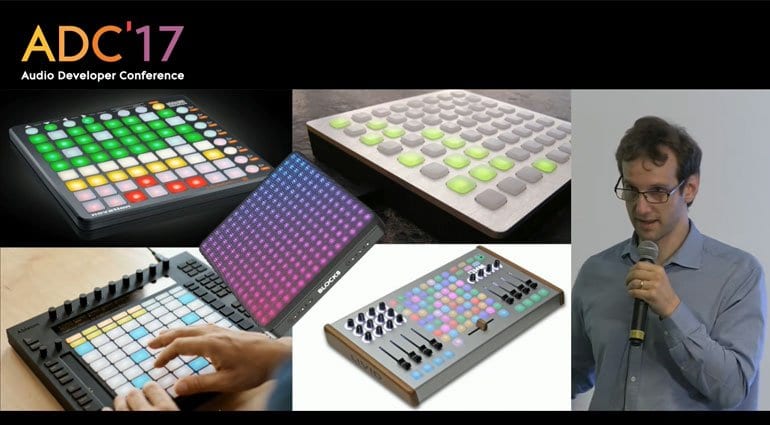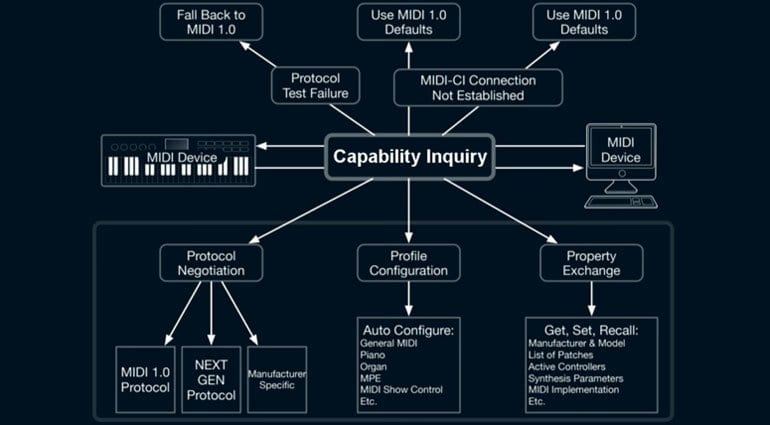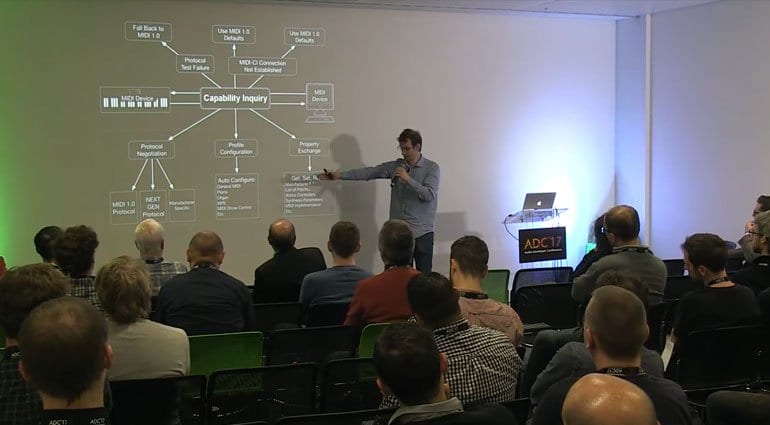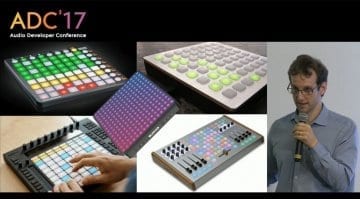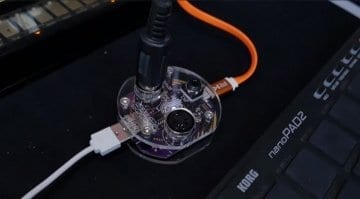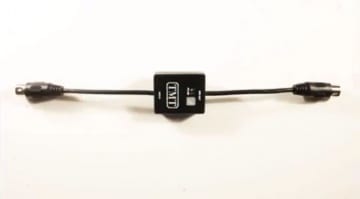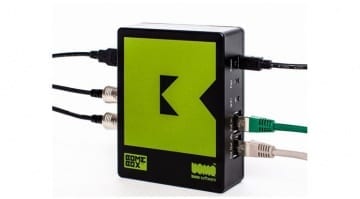Is MIDI getting an upgrade at last? ADC pushes for MIDI HD
A while ago I posted an article about how I thought MIDI sucked. It caused a bit of a stir. Of course, I was being slightly hyperbolic because MIDI is largely awesome, but it’s not everything it could be. The purpose of the article was to point out that we’ve been trying to improve it for decades. And it’s about time we faced up to its limitations and pushed for something better.
MIDI Capability Inquiry
At the 2017 Audio Developers Conference in London, things are afoot. Ben Supper of ROLI and Midi.org gave a very interesting talk on the future of MIDI and the potential of MIDI HD (video below). His focus was on what he called MIDI Capability Inquiry. It is essentially the ability for devices to talk to each other and exchange information. He calls classic MIDI a “monologue” which is a completely genius way of explaining it’s roll. It speaks to devices in a single stream of one-way information. MIDI is also good at manufacturer specific dialogue, but these are unique to that device and not part of the open MIDI specification.
In the expanded specification, there is a “Device Inquiry” message which asks “what are you” and the device responds with its manufacturer ID – assuming the manufacturer has supported this function. This has been great for software like patch librarians and identifying devices attached to computers but it’s not universally supported.
So, in some cases you can connect a MIDI device to a computer and have a manufacturer specific conversation with it. But if you plug-in something else you won’t necessarily get the same rich experience. And this is what MIDI Capability Inquiry is trying to improve.
There are three main areas: Protocols, Profiles and Properties.
Protocol Negotiation
Protocols is about negotiation and future proofing. While all devices can still communicate via MIDI 1.0 they can also agree to switch to another protocol in order to have a richer experience. This has to be verifiable between the devices and can automatically return to the default protocol if it doesn’t work out. Manufacturer protocols are supported so that any manufacturer can create a protocol and an ID and then that protocol can be used by any third party.
Ben mentions at this point the artificially imposed speed limit that’s placed on USB MIDI. This comes from the old MIDI-to-DIN format that would overfill the buffer with high-speed data transfer. And so Microsoft restricts the speed of all MIDI devices just in case, even if they have no physical MIDI-DIN interface. They would very much like to get this restriction lifted particularly for devices such as the ROLI Seaboard which generates a huge amount of data.
Profile Configurations
Profiles specify how a receiver responds to certain MIDI messages. It’s a bit like General MIDI but where it doesn’t all have to be the same, and can follow varying profiles that take more specific aspects. In the video, Ben uses drawbar organs as an example of a profile. Where they all have the same bars with the same functionality so they could share a common profile that maps out the control messages. It’s easy to see how this could be applied to the components of a synthesizer.
A device can support different profiles. They can be switched on and off and can either be channel wide or device-wide.
It’s this that breaks the whole working relationship with MIDI wide open. Set the profile to “Subtractive synthesizer” and your controllers would be automatically mapped to all the controls. You could write controller data for one piano and it would work with a different piano, or strings or organ. The profiles would enable everything to work as expected – which is something MIDI sorely lacks unless it’s General MIDI. This frees us from the narrow view of GM and explodes MIDI with possibilities. It’s such a simple and obvious thing that should have been implemented decades ago.
Property Exchange
Ben says that Property Exchange changes the conceptual model of MIDI. It’s all about being able to read back the values of various parameters in a device. This has been a major limitation of MIDI up until now. You can send data from one device to another using manual data dumps or controller dumps. But there’s nothing which simply requests a specific piece of data. Property Exchange aims to interrogate assignments, minimum, maximum and adjustment methods of controller values. This combines with the Profiles configurations idea somewhat. But it’s what allows you to pull data from one device and then put that data into another one with the same profile and have it just all work as expected.
When?
All this is being worked on now, but when you’re dealing with a vast array of hardware and software manufacturers then any change can move at a glacial pace. Everything put forward in the talk is still a draft and nothing is certain but there are some very hopeful noises being made.
Next Generation Protocol
This is talking about MIDI HD, which Ben introduced at last year’s conference, But he refuses to get very specific about it. He says that it’s not really called “HD” anymore, but it’s more of a long-term view that’s heading towards a better MIDI while looking at immediate solutions. So, in the short-term, we want “a less disruptive, faster moving, easier to implement version of the MIDI specification that fixes the frustrations that people are facing on a day-to-day basis. And a long-term strategy of what you might be using in the future.”
So, what does the next-gen protocol look like? Firstly it will be negotiated using the MIDI Capability Inquiry – this is key to the development of everything. It will be similar enough to MIDI to be understandable using current concepts. Note-attached parameters will be the evolution of MPE where individual notes have their own pitch, timbre and pressure parameters to make MIDI expressive on a per-note basis. There will be more channels, more controller numbers and more bits of resolution. And things like program changes and NRPN messages will the simplified.
And then he summed it all up with this image.
All of this is terribly exciting and hopeful for great things in the future of how our gear communicates and how we can control things and make music.
Following the talk is a panel featuring lots of important MIDI type people which continues to be fascinating. They offer expertise on a variety of questions fielded from the audience. Most importantly perhaps is that they encourage anyone who is interested in having a say in the new specification in joining the MIDI Manufacturers Association and getting involved.
Exciting times.
More information
Video
You are currently viewing a placeholder content from YouTube. To access the actual content, click the button below. Please note that doing so will share data with third-party providers.

